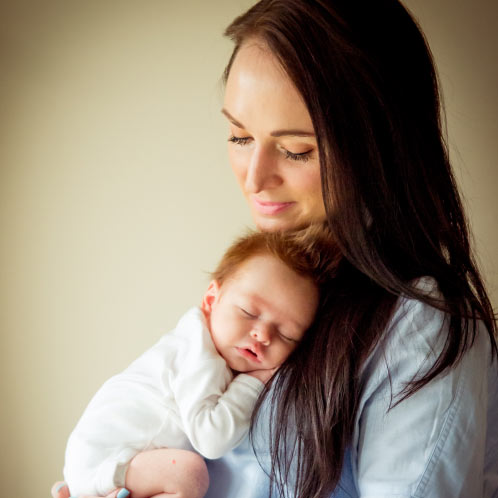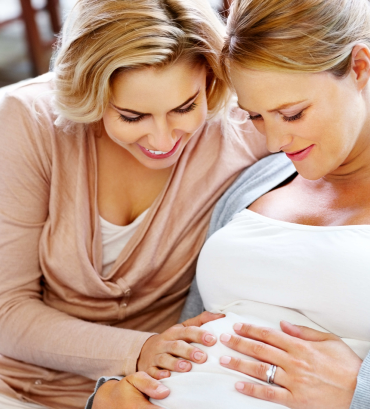
Obstetrics is the art of looking after pregnancy and help assist the delivery of your baby.
While most pregnancies go smoothly and most mothers deliver their baby without medical assistance, in some cases complications develop at different stages.
Antenatal visits help detect and treat problems that may arise during pregnancy.
Antenatal visits will be individualised according to your needs and how your pregnancy is progressing.
Booking visit
It will allow me to take all the details we need to plan your care.
Your expected date of delivery (EDD) will be agreed between you and me at your booking visit depending on a number of factors such as your last menstrual period, cycle length, date of conception and dating scan which I will perform on the day.
Your EDD is vital to monitor growth of your baby and also plan the timing of your delivery.
Anatomy Scan
Detailed assessment your baby. This usually takes place around 20-22 weeks.
The purpose of this scan is to check that your baby is developing normally.
During the anatomy scan we check:
- The size of the baby
- The position of the placenta
- The fluid around the baby
- That your baby’s head, face, spine, chest, stomach, kidneys, bladder and limbs appear normal
Thankfully, abnormalities are rare. Ultrasound is a very good and safe tool for detecting abnormalities. However it is important to note that babies with a normal anatomy scan can still have an abnormality not detected. Saying that, a normal ultrasound scan is very reassuring for both you and me.
Subsequent Visits
At each visit, your urine and BP will be checked routinely and address any queries you may have.
Your tummy will be examined and an ultrasound scan performed to assess the general wellbeing of your baby, make sure he/she is growing well and that the amniotic fluid around your baby is normal
Please do not hesitate to ask me any questions or voice any preference at any stage.
Labour and Delivery
Many women go into labour themselves by the time they reach their EDD. In some cases labour does not happen spontaneously. All going well, I encourage pregnancy to continue for extra few days to give you the best chance to go into labour yourself. Induction of labour will be discussed and decision made between you and me if labour does not happen at that stage.
The method for induction of labour for postdates depends on factors such as number of children you have, types of delivery you’ve had previously, how ‘favourable’ your neck of the womb is on examination. Generally speaking the options are use of prostaglandin vaginally(not if you’ve had a previous cesarean section), artificial rupture of membrane (breaking your water) and use of oxytocin which causes the uterus to contract.
In regards to pain relief in labour, your options are supportive measures, pethidine, entonox (gas and air) or epidural.
Please feel free to ask about any aspect of labour and delivery at any stage.
Postnatal Check
The postnatal check is normally done about 6 weeks after delivery. This is to make sure you have recovered well. It also gives us an opportunity to review your antenatal care and labour and to answer any question you may have. We may also talk about any modification in your care (if any) in future pregnancies!


